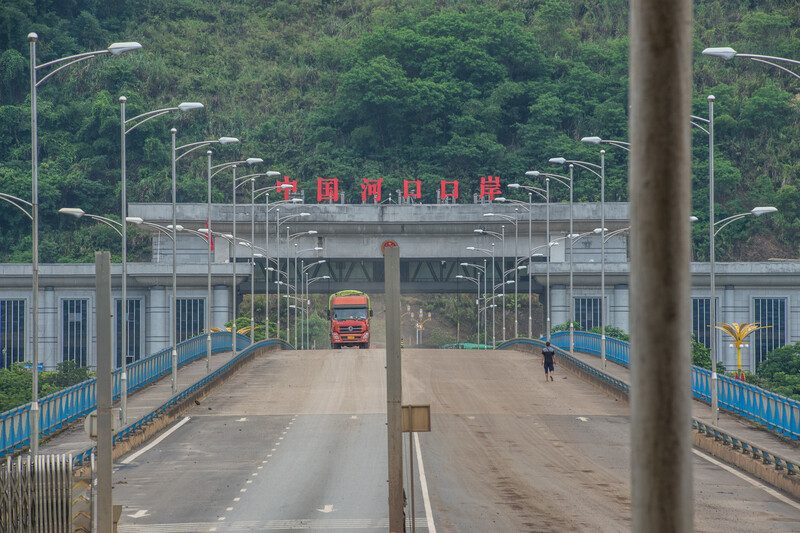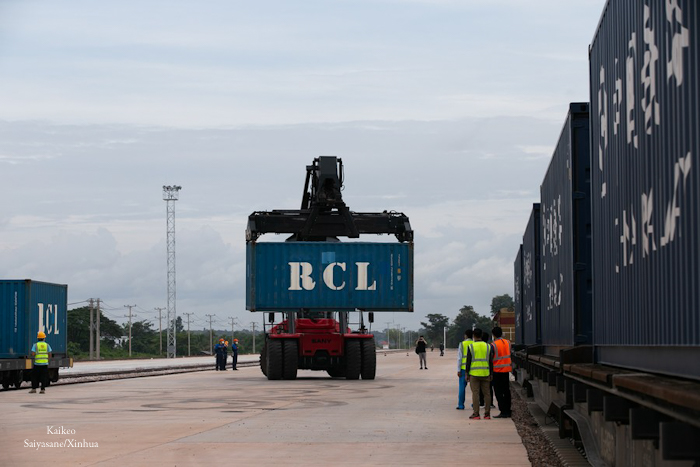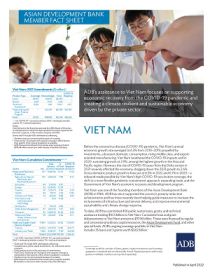Railway between Lao PDR and PRC Continues to Increase Capacity
The Laos-China Railway Co., Ltd. (LCRC) continues to increase its capacity with the procurement of a new electric multiple unit (EMU) train in September. The added EMU will accommodate the growing number of train passengers and support Visit Laos Year 2024.








